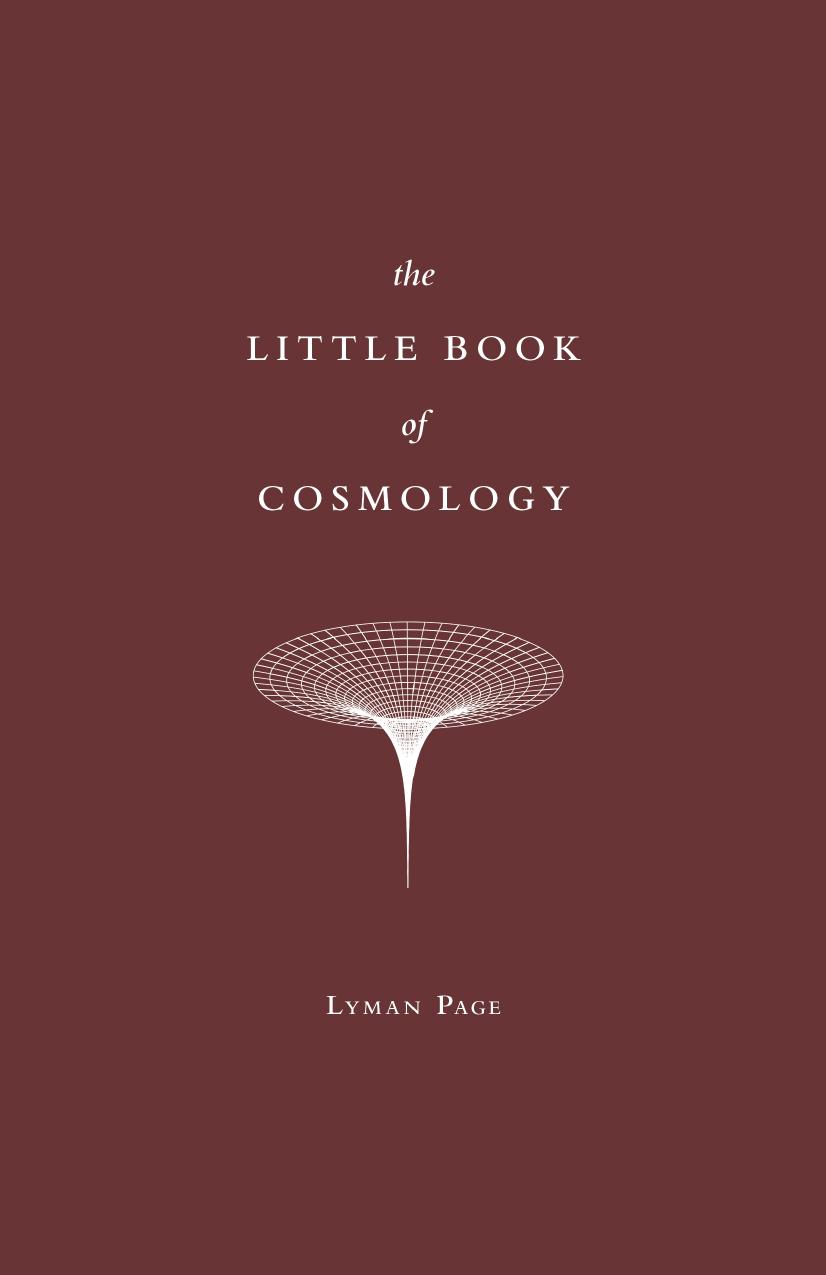The Little Book of Cosmology by Lyman Page

Author:Lyman Page [Page, Lyman]
Language: eng
Format: epub, pdf
ISBN: 9780691195780
Publisher: Princeton UP
Published: 2020-01-14T00:00:00+00:00
Plate 7 shows maps of the CMB anisotropy from both WMAP and Planck. Whereas the left side of figure 3.1 is made looking down on Earth from space, the images in plate 7 are made looking up into the sky. These maps are oriented so that their equators are aligned with the Milky Way.1 The center of the map corresponds to the center of the galaxy; the top is the ânorth galactic poleâ and the bottom is the âsouth galactic pole.â The map from WMAP was made at a wavelength of 0.5 cm (5000 microns). The one from Planck was made at a wavelength of 0.2 cm. Both satellites made maps at multiple wavelengths; these are just representative images. In general, the Planck maps have higher precision than WMAPs but the similarity in the maps once you move away from the galactic equator is striking.
Neither WMAP nor Planck measures the absolute temperature of the CMB. If they did, the maps would be one solid color corresponding to the temperature of the CMB. Instead, they measure only deviations from the average temperature of 2.725 K. The largest spatial variation is called the CMB dipole, as shown in figure 3.1, and it too is subtracted before producing the images in plate 7. The amplitude of the dipole is 3350 millionths of a kelvin so, if shown, it would saturate the color scale. The dipole arrises because the satellites have a net velocity relative to the CMB. As you might imagine from the Doppler effect, if you are moving toward a blackbody, it appears slightly hotter, and if you are moving away, it appears slightly colder. Thus, by looking around, you can tell if you are stationary relative to the blackbody.
The existence of the dipole gives us another insight into the universe. It means that there is a universal cosmic reference frame. This does not violate any laws of physics because we are simply defining a reference frame. It is the same frame relative to which galaxies are on average at rest after subtracting their motion from the cosmic expansion. Most galaxies have some peculiar velocity relative to this frame, and the Milky Way is no exception. Our net velocity relative to the cosmic reference frame is about 0.1% the speed of light. We are moving quite fast with respect to the rest of the universe. The dominant components that make up this velocity are the motion of the Earth around the Sun (0.01% the speed of light), the motion of the Sun around the center of the Milky Way (0.08% the speed of light), the motion of the Milky Way in the Local Group, and the motion of the Local Group relative to the rest of the galaxies. Their velocities are in different directions so you have to be careful when combining them.
The component from the Earth orbiting the Sun is especially important for CMB measurements. Itâs called the orbital dipole and allows us to calibrate the instruments to high accuracy. Because
Download
This site does not store any files on its server. We only index and link to content provided by other sites. Please contact the content providers to delete copyright contents if any and email us, we'll remove relevant links or contents immediately.
| Aeronautics & Astronautics | Astronomy |
| Astrophysics & Space Science | Comets, Meteors & Asteroids |
| Cosmology | Mars |
| Solar System | Star-Gazing |
| Telescopes | UFOs |
Tools of Titans by Timothy Ferriss(8303)
Turbulence by E. J. Noyes(7977)
Secrets of Antigravity Propulsion: Tesla, UFOs, and Classified Aerospace Technology by Ph.D. Paul A. Laviolette(5332)
Astrophysics for People in a Hurry by Neil DeGrasse Tyson(5151)
Room 212 by Kate Stewart(5070)
Design of Trajectory Optimization Approach for Space Maneuver Vehicle Skip Entry Problems by Runqi Chai & Al Savvaris & Antonios Tsourdos & Senchun Chai(5037)
Pale Blue Dot by Carl Sagan(4952)
The David Icke Guide to the Global Conspiracy (and how to end it) by David Icke(4655)
A Journey Through Divination and Astronomy by Publishing Pottermore(4363)
Goodbye Paradise(3761)
Apollo 8 by Jeffrey Kluger(3665)
COSMOS by Carl Sagan(3586)
Losing the Nobel Prize by Brian Keating(3518)
The Five People You Meet in Heaven by Mitch Albom(3515)
How to Read Water: Clues and Patterns from Puddles to the Sea (Natural Navigation) by Tristan Gooley(3430)
Brief Answers to the Big Questions by Stephen Hawking(3392)
How to Read Nature by Tristan Gooley(3290)
The Order of Time by Carlo Rovelli(3162)
A Brief History of Time by Stephen Hawking(2991)
